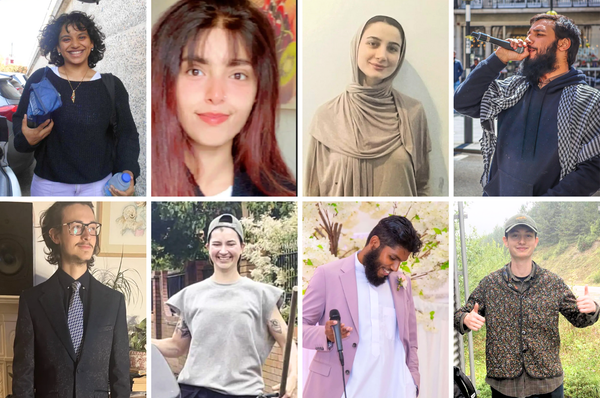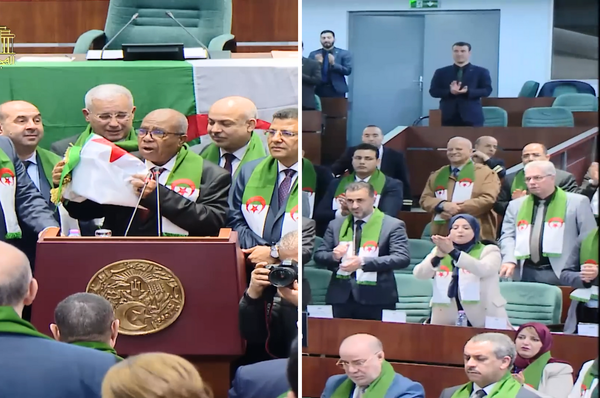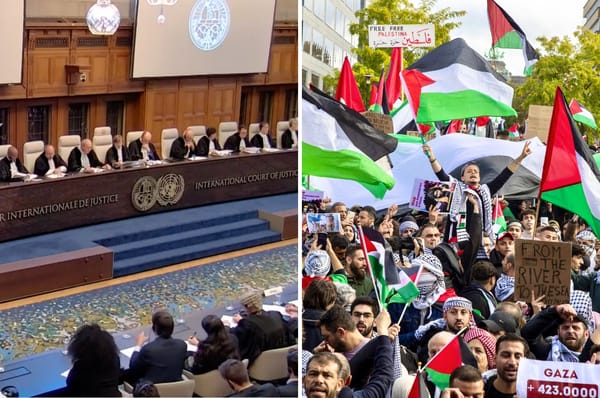Women In Iran Are Risking Everything To Protest For Their Rights. Here’s Why It’s So Important
Hundreds of women in Iran have taken to the streets to protest the death of 22-year-old Mahsa Amini, who died after she was arrested by “morality” police for “improperly” wearing her hijab. Her story is not the first to cause public indignation.
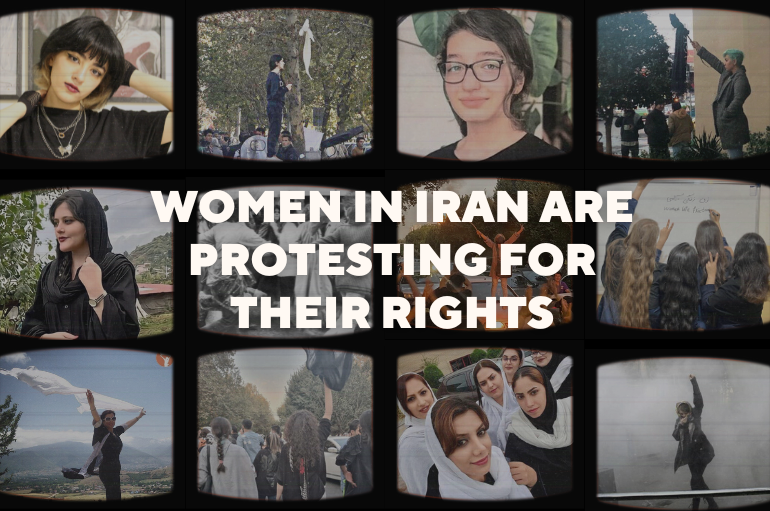
Hundreds of women in Iran have taken to the streets to protest the death of 22-year-old Mahsa Amini, who died after she was arrested by “morality” police for “improperly” wearing her hijab. Her story is not the first to cause public indignation.
For decades women in Iran have fought for their right and freedom to choose what they can and cannot wear. This has been their fight.
The Death of Mahsa Amini Sparked Protests In Iran and Worldwide

On Sep. 16, 22-year-old Mahsa Amini, an Iranian-Kurdish woman, died after she was arrested by “morality” police for allegedly not complying with Iran’s mandatory hijab law.
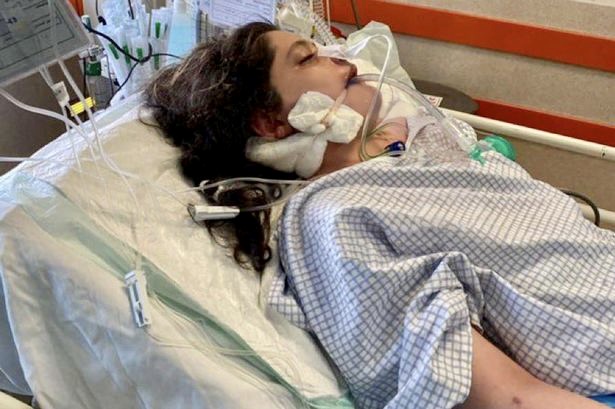
After her arrest, Amini’s family was notified that she was in intensive care at a hospital. She died after three days in a coma. Eyewitnesses say police beat her in the van.
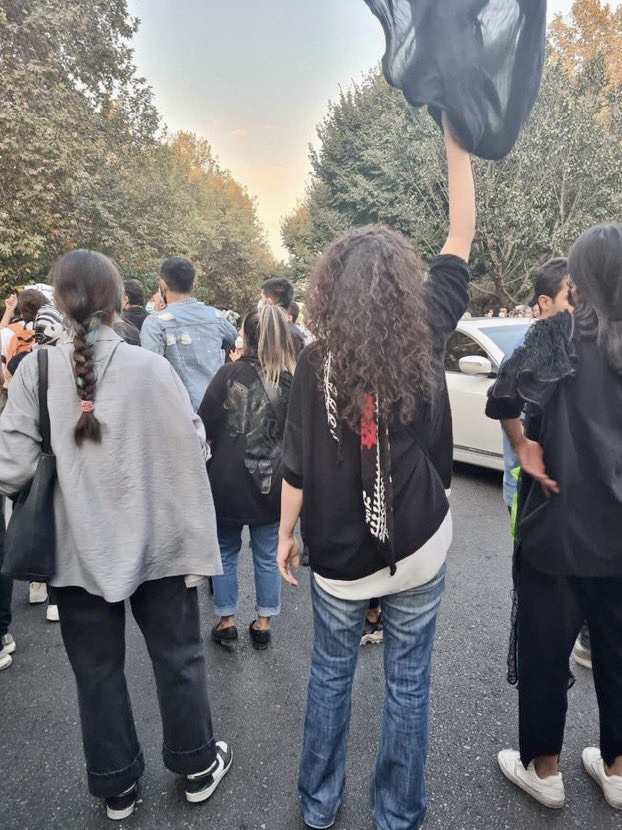
Her death sparked anger against the mandatory hijab law and years of police brutality against women.
The History Of Compulsory hijab In Iran
After the Islamic Revolution in 1979, all women and girls from age nine have been required to wear a headscarf covering their hair since 1981.
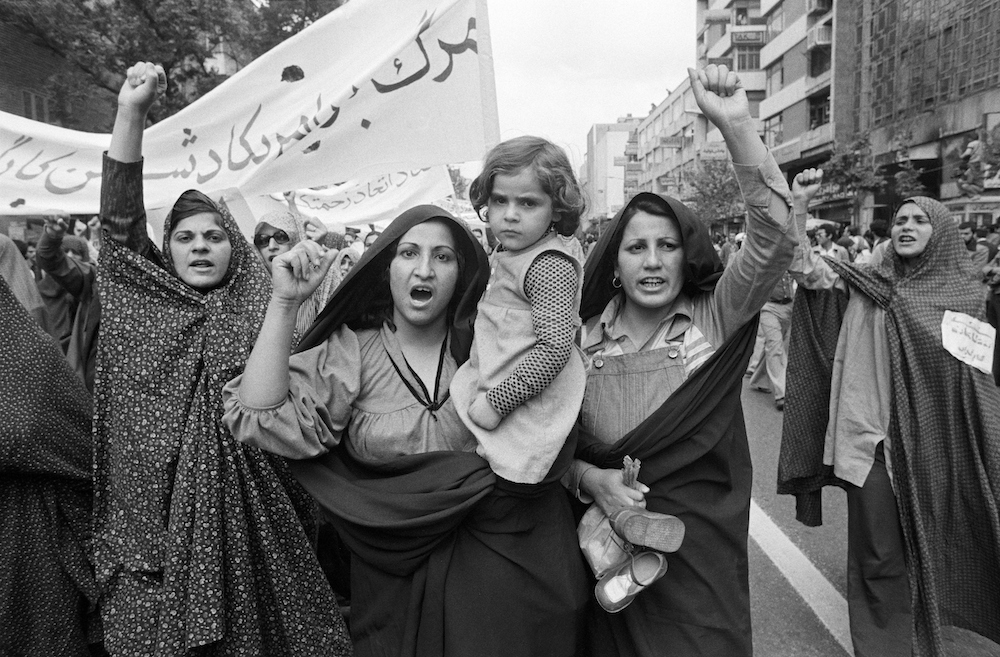
Women who do not comply were punished with 74 lashes. This was later amended to a fine and prison sentences of up to two months.

Iran is also the only country in the world that requires non-Muslim women to wear a headscarf.
The “Morality” Police And Violence Against Women
The so-called “morality” police were created in 1979 to enforce the hijab law and other restrictions from the Morality and Chastity Law, such as not attending mixed-gender gatherings without a male chaperone and drinking alcohol.
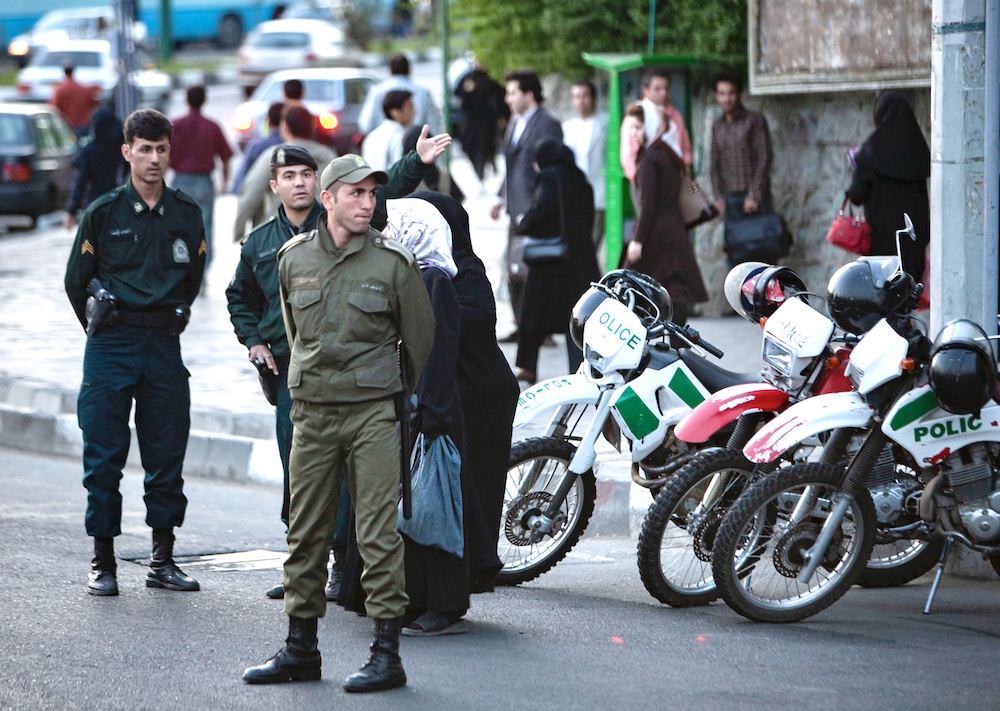
The “morality” police have used unnecessary force, intimidation and verbal abuse on women, according to reports from Iranian women and human rights groups.

Throughout the years, Iranian women have made small acts of resistance, pushing the limits of what is acceptable.
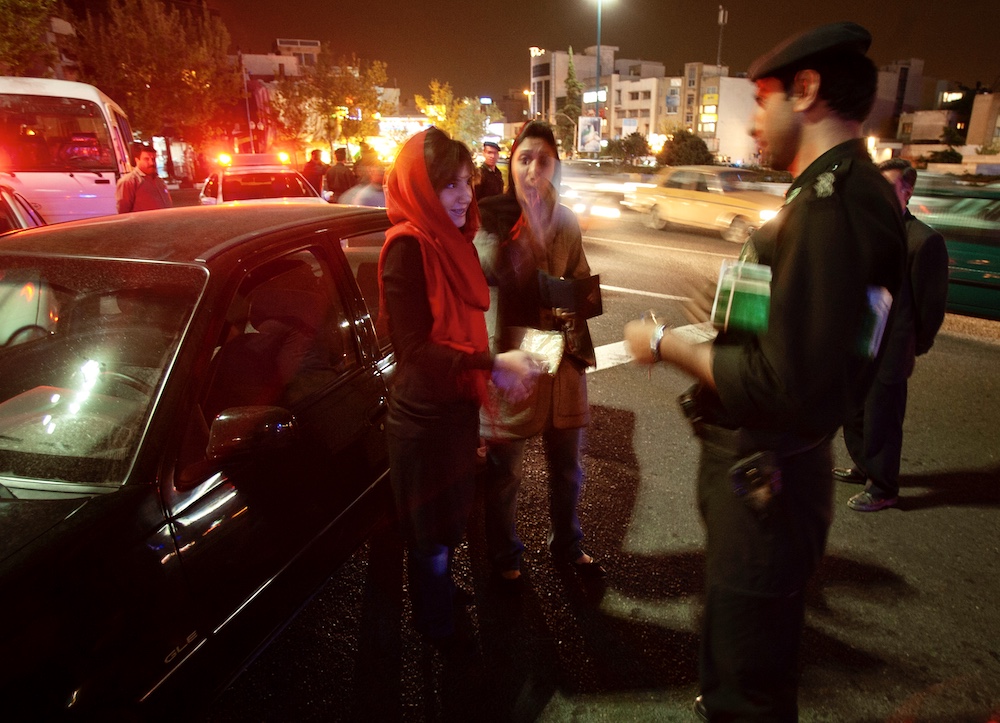
Under former President Hassan Rouhani, a moderate who ruled for eight years, women gained a higher level of flexibility. As morality police were less strict, women wore looser headscarves, more makeup and more colorful clothing.
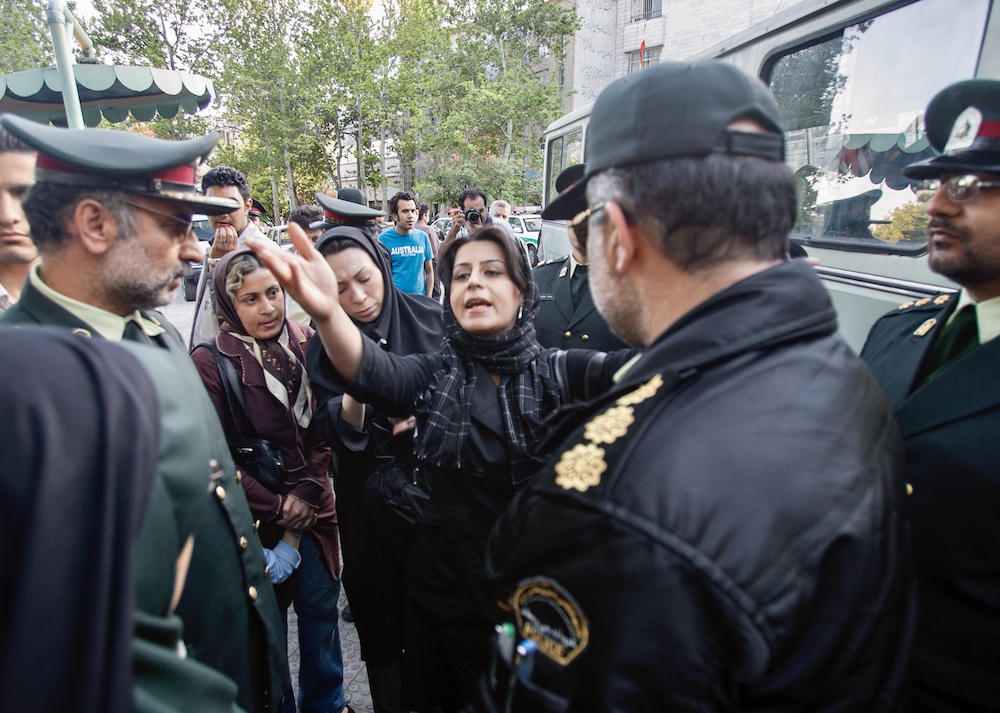
However, after the election of ultraconservative President Ebrahim Raisi in Aug. 2021, things changed. Raisi ordered a full-scale re-implementation and enforcement of the law.
In the months leading up to Amini’s death, “morality” police resorted to violence more frequently, according to human rights groups.
Notable Protests
White Wednesdays
In 2017, US-Iranian journalist Masih Alinejad created a campaign to encourage women to remove their headscarves or wear white clothing and headscarves to protest their right of freedom of choice.
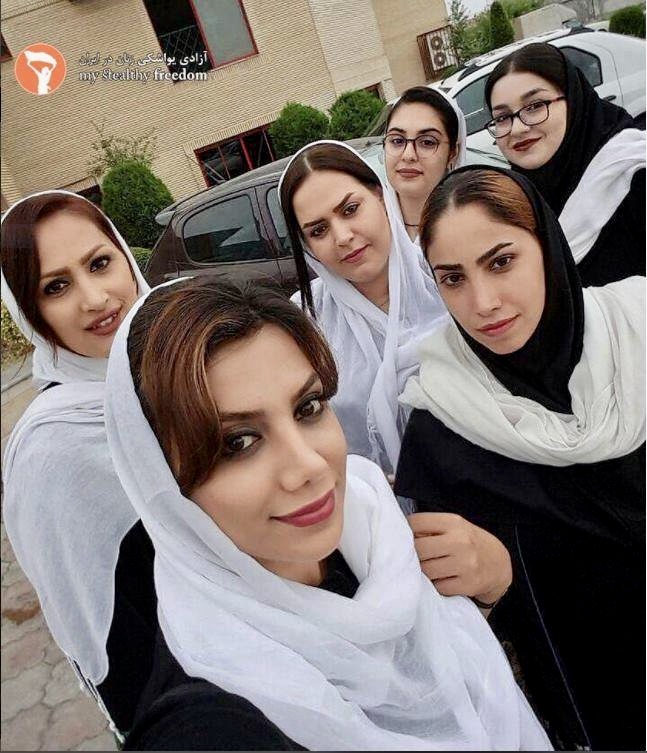
Where Is The Girl From Enghelab Street?
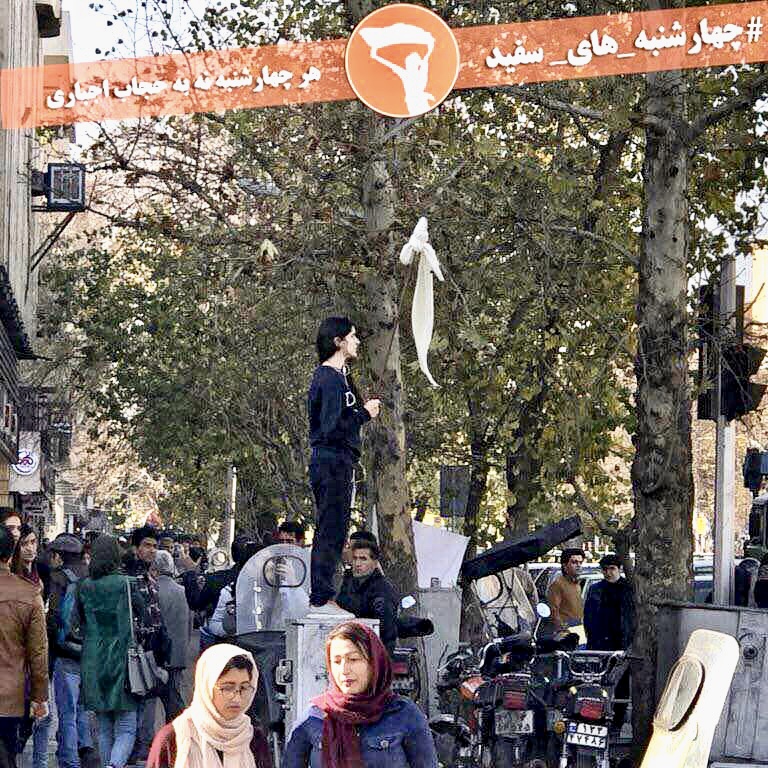
On Dec. 17, 2017, a woman named Vida Movahed went viral after she stood on a utility box on Enghelab (Revolution) Street in Tehran and waved a white hijab tied to a stick as a flag during mass protests. She was arrested and later released on bail. Other women later reenacted her protest, sharing photos on social media. They became known as the “Girls of Enghelab Street.”
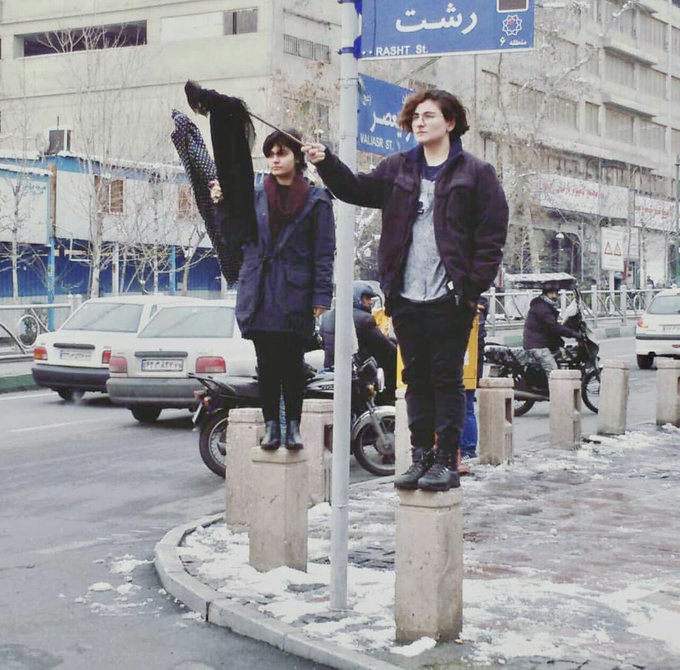
Iranian Women Have Always Pushed The Limits
Under former President Hassan Rouhani, a moderate who ruled for eight years, women gained a higher level of flexibility. As “morality” police were less strict, women wore looser headscarves, more makeup and more colorful clothing.
However, after the election of ultraconservative President Ebrahim Raisi in Aug. 2021, things changed. Raisi ordered a full-scale re-implementation and enforcement of the law.
In the months leading up to Amini’s death, “morality” police resorted to violence more frequently, according to human rights groups.
“Woman, Life, freedom” And The Kurdish Independent Movement
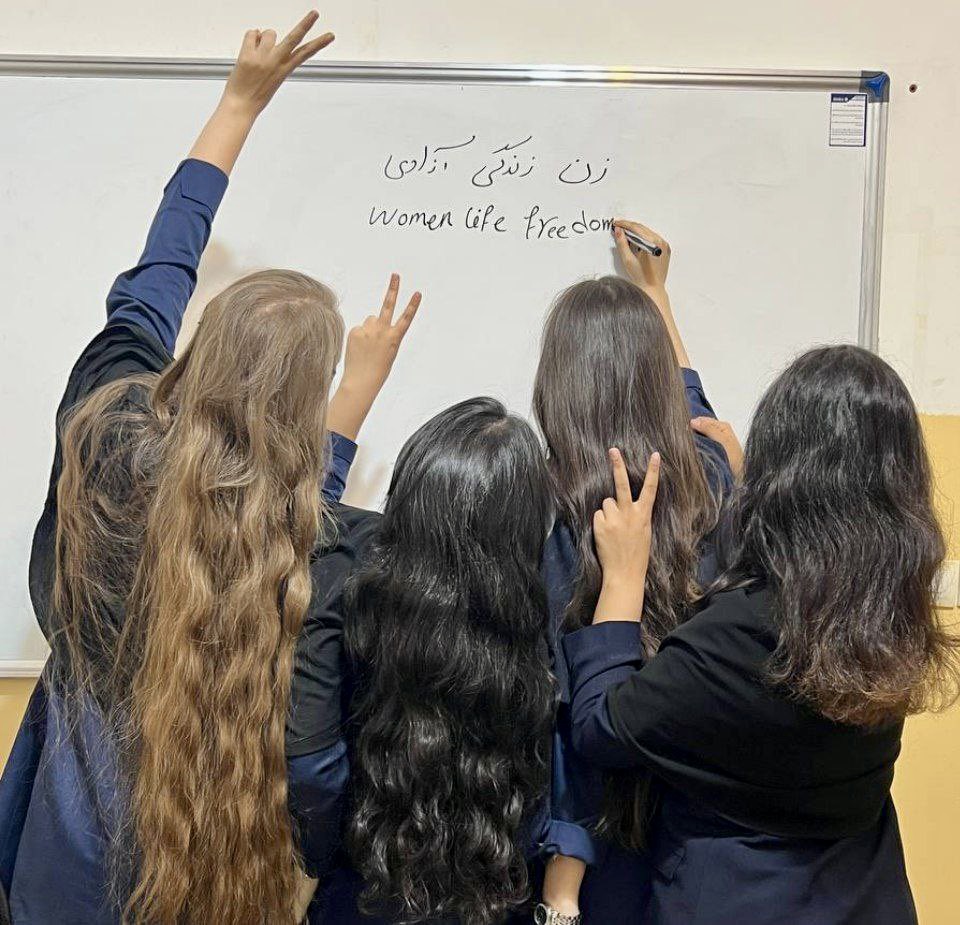
The death of Amini, also known by her Kurdish name, Jina, has increased tensions between the Iranian government and the ethnic minority, who say they have been persecuted and oppressed by the government for decades.
The main slogan for the ongoing protests began as a popular slogan in the Kurdish independence movement. It has since become synonymous with the movement.
Violent Crackdown On Protests

Security forces have responded violently to the unprecedented protests rocking the country. Human rights groups say at least 185 people have been killed and thousands injured and arrested as of Oct. 12.
Internet access has been limited for weeks – the most severe internet restrictions since the protests in 2019, according to Internet watchdog Netblocks.
In November 2019, more than 1,500 people were killed in protests that started due to the rising price of fuel. A near-total Internet blackout left people unable to report on the human rights abuses committed by Iranian police forces.
Teen Girls Allegedly Killed By Police
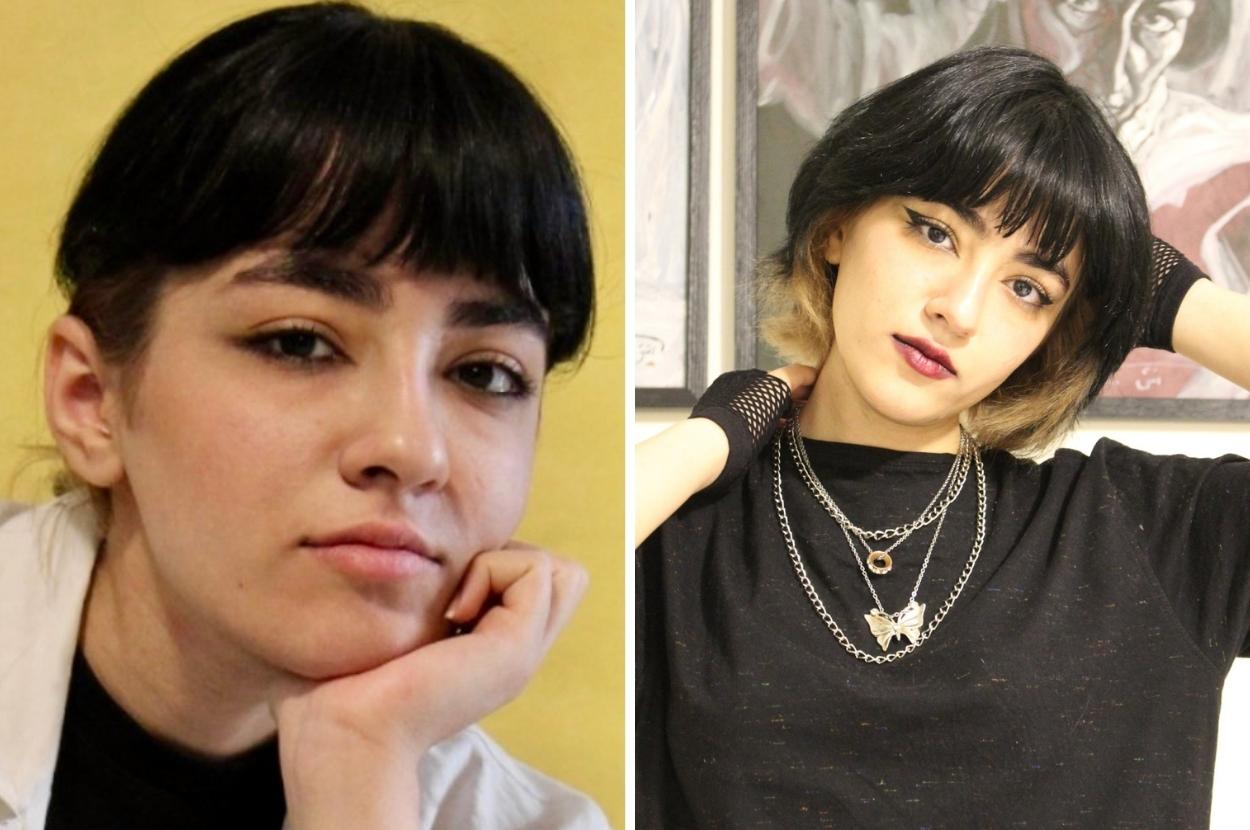
Reports have started emerging of teen girl protesters allegedly being killed by security forces, with the deaths of 16-year-olds Nika Shakarami and Sarina Esmailzadeh gaining global attention.

Police said both girls had died after falling off a building, which has been refuted by family and human rights groups. Police also allegedly stole Shakarami’s body from her family and buried her.


